
Investigators examine usefulness in refractive surgery evaluations.

Investigators examine usefulness in refractive surgery evaluations.

Anat Loewenstein, MD, MHA, discusses how artificial intelligence can optimize optical coherence tomography.
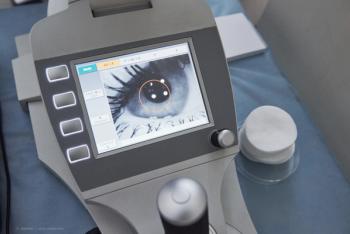
Scanning laser ophthalmoscopy offers improved view of posterior segment.
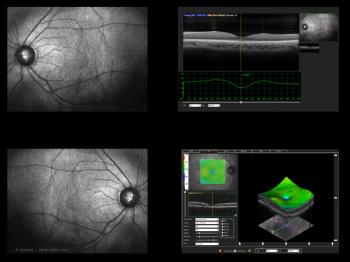
Philip Rosenfeld, MD, PhD, presents results from a natural history study of patients that results in recognition of hypertransmission defects on en face OCT.
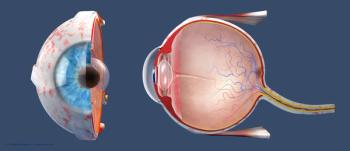
Tool for quantifying measures may predict outcomes for patients.
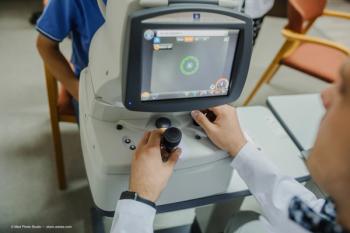
Option detects treatment-naive nonexudative macular neovascularization in eyes with dry age-related macular degeneration

Investigators have found that optical coherence tomography findings could prove to be a diagnostic tool for COVID-19.

First step is ruling out ocular nystagmus, saccadic disorder.

Dual imaging may reduce costs, unnecessary referrals, telehealth study results show.

Measures of inflammation can predict treatment outcomes for patients.

Retinal imaging tests are providing material to train and test decision-support systems.

According to investigators, the new technology is designed to detect telltale signs of major blinding diseases in retinal blood and tissue that typically go unseen until it is too late.

Technologies offer different approaches to different scenarios.
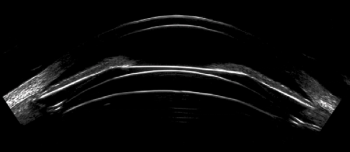
Advancements in imaging make ICL an effective option for a wider range of patients.

Ophthalmologists at New York Eye and Ear Infirmary of Mount Sinai have created a new technique to evaluate patients with sickle cell retinopathy and assess the disease before it progresses and leads to permanent vision loss.
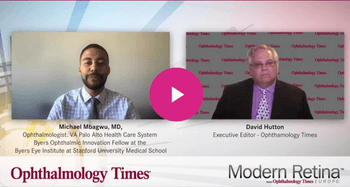
Michael Mbagwu, MD, speaks on the highlights of his virtual 2021 ARVO presentation regarding the development of an algorithm tool that links patient imaging to their clinical data, specifically within the AAO IRIS Registry.
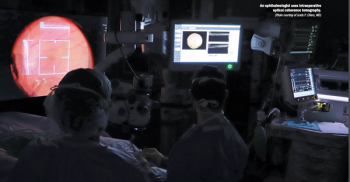
Advances in integrative technology enable a transition to the operating room.

FLIO provides earlier diagnostic capabilities than other imaging modalities.
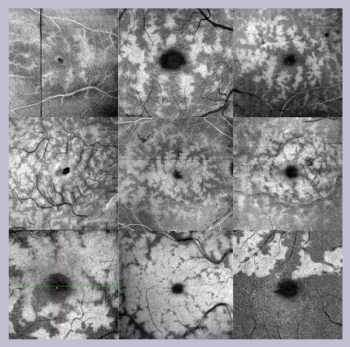
Technology helps physicians understand normal and abnormal macular anatomy.
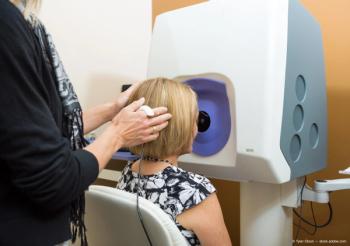
Physicians should evaluate which options best meet the needs of their practices.
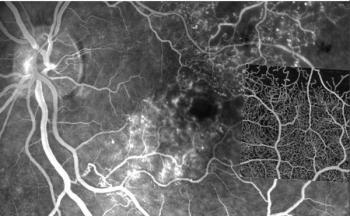
Tool can help physicians detect, monitor ophthalmic disease in their patients.
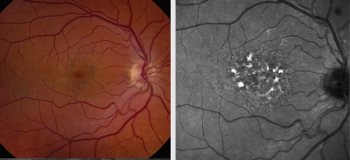
Key is to recognize usual patterns for systemic and topical medications.

Emerging technology may facilitate individualized care, disease management.

Higher levels of 3 macular pigments minimize risk of age-related disease.

Imaging ciliary muscle details mechanism of accommodation, effects of aging .